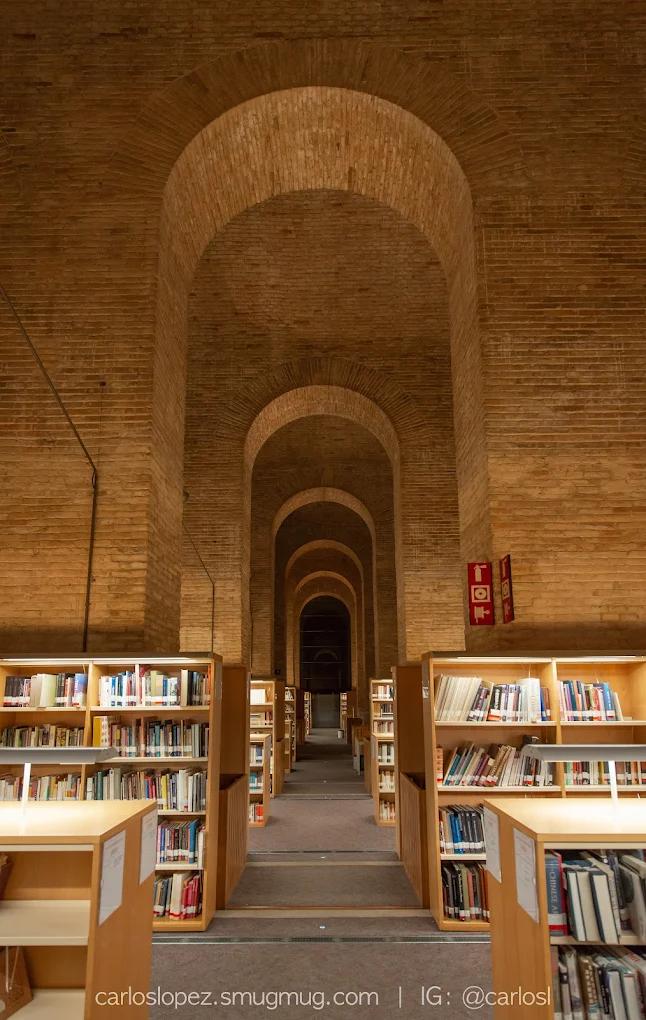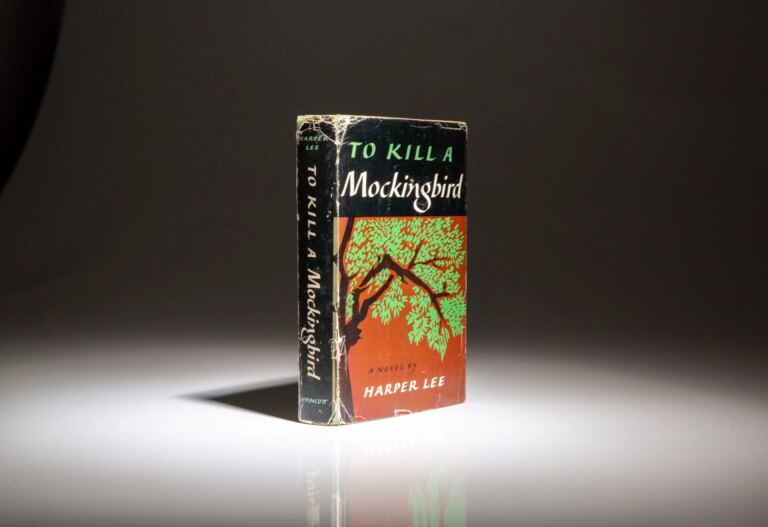The Shanachie worked to keep culture, connection, story, and myth alive in Gaelic countries. Here’s how they did it and why they were so important.
Back before smartphones, before books were everywhere and readily available, and even before most people could read or write, if you wanted to hear a story or be entertained, you had to hear it from someone. In Ireland and Scotland, the Gaelic countries, many of these stories would have come from Shanachies (pronounced shan-a-key).
But who were they?
Where Shanachie Comes From
Shanachies were keepers of lore. They functioned as almost walking libraries that carried centuries of knowledge and passed it on to those who were interested. The word itself, “shanachie,” comes from the Irish word seanchai, which roughly translates to “bearer of old lore” or “tradition keeper.”

They were a vital part of any community, respected for their remarkable memories, storytelling abilities, and, perhaps most of all, their connection to the cultural roots of their people. A shanachie was something between a historian, a bard, and a camp counsellor with an extraordinary talent for campfire tales.
Stories, Myths, and More
Shanachies told fairy tales and myths, stories of warriors, ghosts, faeries, and the occasional banshee, but they were doing more than simply entertaining the locals. They were preserving local and cultural histories. Shanachies existed long before the printing press, in a time when oral tradition was the only way history was preserved.
They did more than just tell and remember stories. Shanachies memorized genealogies, epic battles, ancient laws, and tales of legendary kings. These stories were often passed down through generations, word for word, which is astounding, especially when you consider how quickly we forget things today without the help of phones and smartwatches!

In many cases, especially in Ireland, shanachies served noble families and chieftains. They essentially served as official record-keepers and storytellers for the tribe, a role held with immense pride and great responsibility. Any clan leader without a Shanachie would be missing out; they’d have no one to ensure their life story and heroic deeds were remembered long after their passing. A Shanachie could recount your life story for generations, preserving it word for word so that all who came after would know what you had done.
Shanachies did tell fantasy tales, they shared myths and folklore, but in the cases of clans and chiefs, they were dead serious in their accounts. Shanachies knew the difference between fiction and non-fiction, even way back then, and helped to both keep oral records and shape Gaelic myth and history.
What Was So Special About Shanachies?
You might be thinking: Anyone can tell a story. So, what made Shanachies so special?
Well, for one, they remembered their stories. All of their lore, all those generational tales of family history, were stored in their minds. With no writing, no printing presses, all that information existed solely in their memory, accessible only through them.
But not just that. Shanachies weren’t just founts of knowledge; they were artists. They used rhythm, vocal inflections, gestures, timing, and all sorts of acting and almost spoken word-esque skills to captivate an audience. They had to learn how to perform: when to pause, when to speed up, when to raise their voice, and when to let a moment hang in the air before continuing the tale. It was a blend of theatre and poetry, wrapped in the tradition of storytelling.

Gaelic as a language lends itself to this kind of performance. As a lyrical, beautiful language, much of the charm in Shanachie storytelling came from how the language flowed as they told their stories.
A good shanachie wasn’t merely talking, they were weaving a story into an almost living experience for the listener to enjoy.
What Happened to the Shanachies?
Unfortunately, like many aspects of traditional culture, the role of the Shanachies drifted over time. Literacy started to spread across Scotland and Ireland, and as it did, books took over the job of preserving stories.

At the same time, the colonization of both countries by the English led to the decline of the Gaelic language and the influence of English systems and traditions. This chipped away at traditional Irish and Scottish cultures and traditions.
But the spirit of the Shanachie didn’t completely fade away. Oral storytelling still exists, and, in more recent years, there has been an uptake in interest in the tradition. Modern storytellers and researchers alike are picking up old Gaelic tales and sharing them once more.
In fact, in recent years, Scottish and Irish storytelling festivals have started, allowing some of these lost stories and the ancient art of sharing cultural tales to be restarted. There have also been podcasts, TikTokers, and YouTubers sharing the stories of the Gaelic culture—it might not be spoken word by a fireside, but the spirit of the Sanachies lives on in those who keep the stories alive.
However they tell their stories, we’re glad to hear them. Storytelling helps us to learn, to grow, and to connect with cultures and worlds long gone. By remembering the Shanachies and telling stories in their place, we can keep their legacies going.
Join our community of 1.5M readers
Like this story? You'll love our free weekly magazine.








